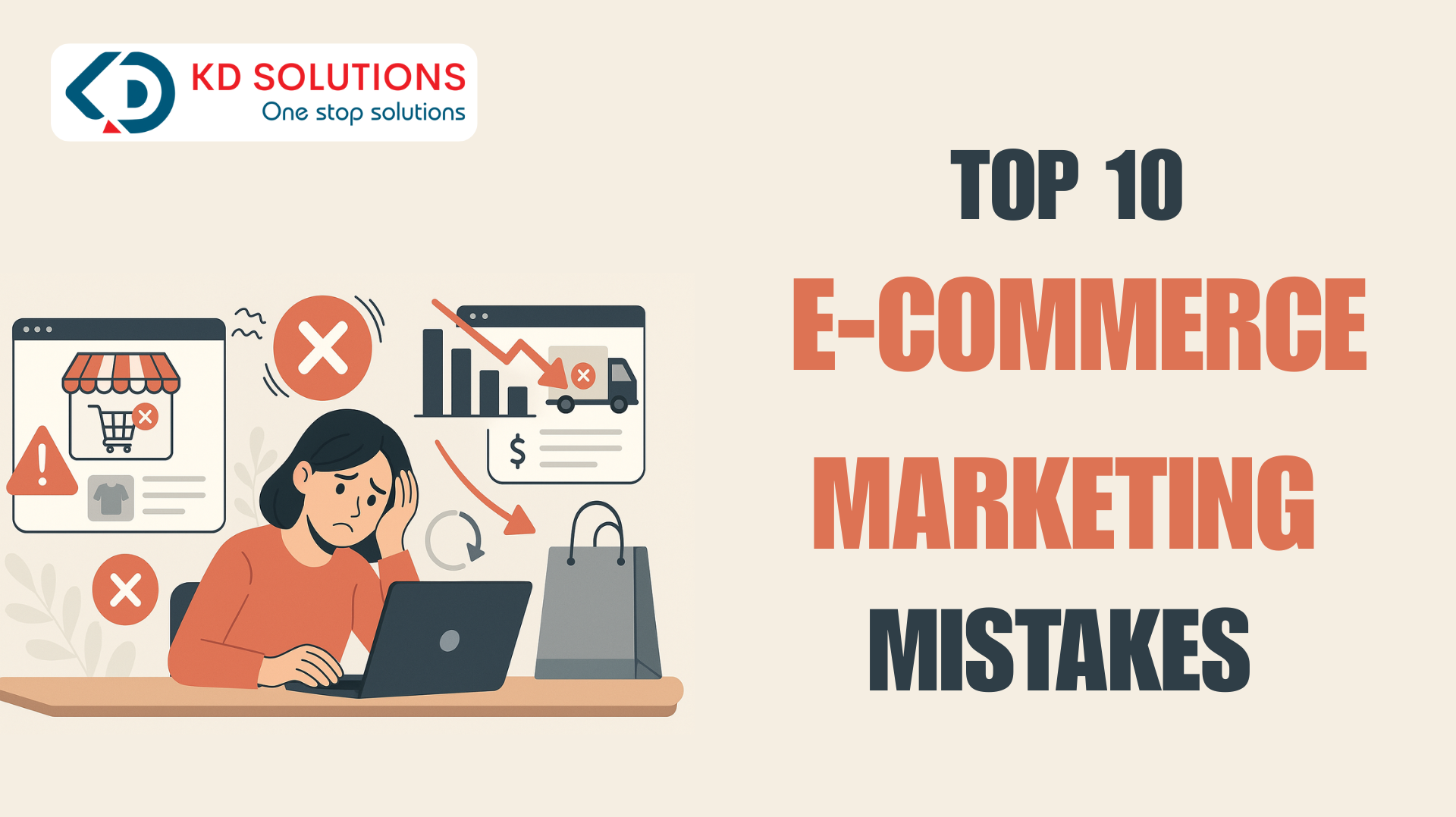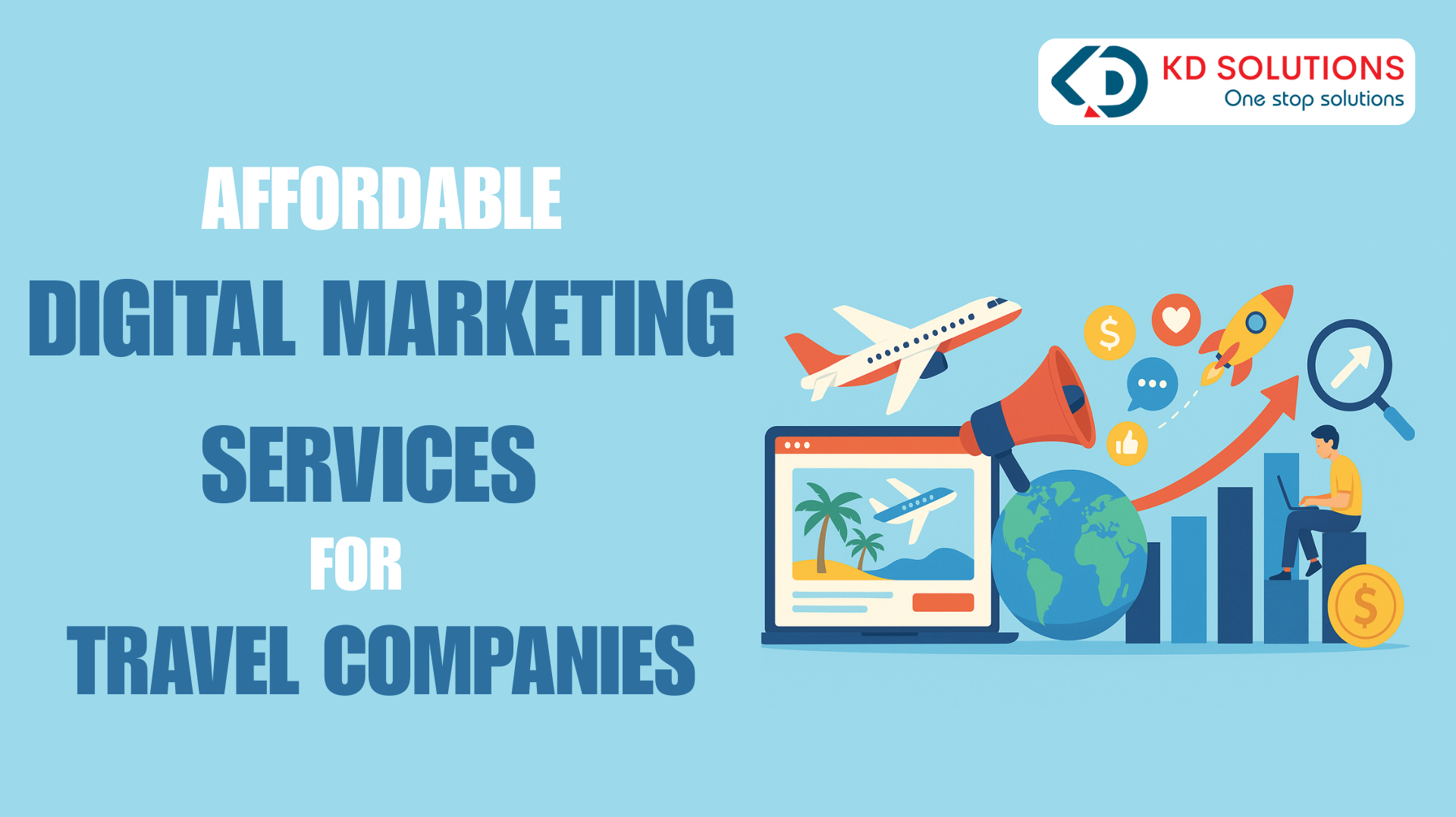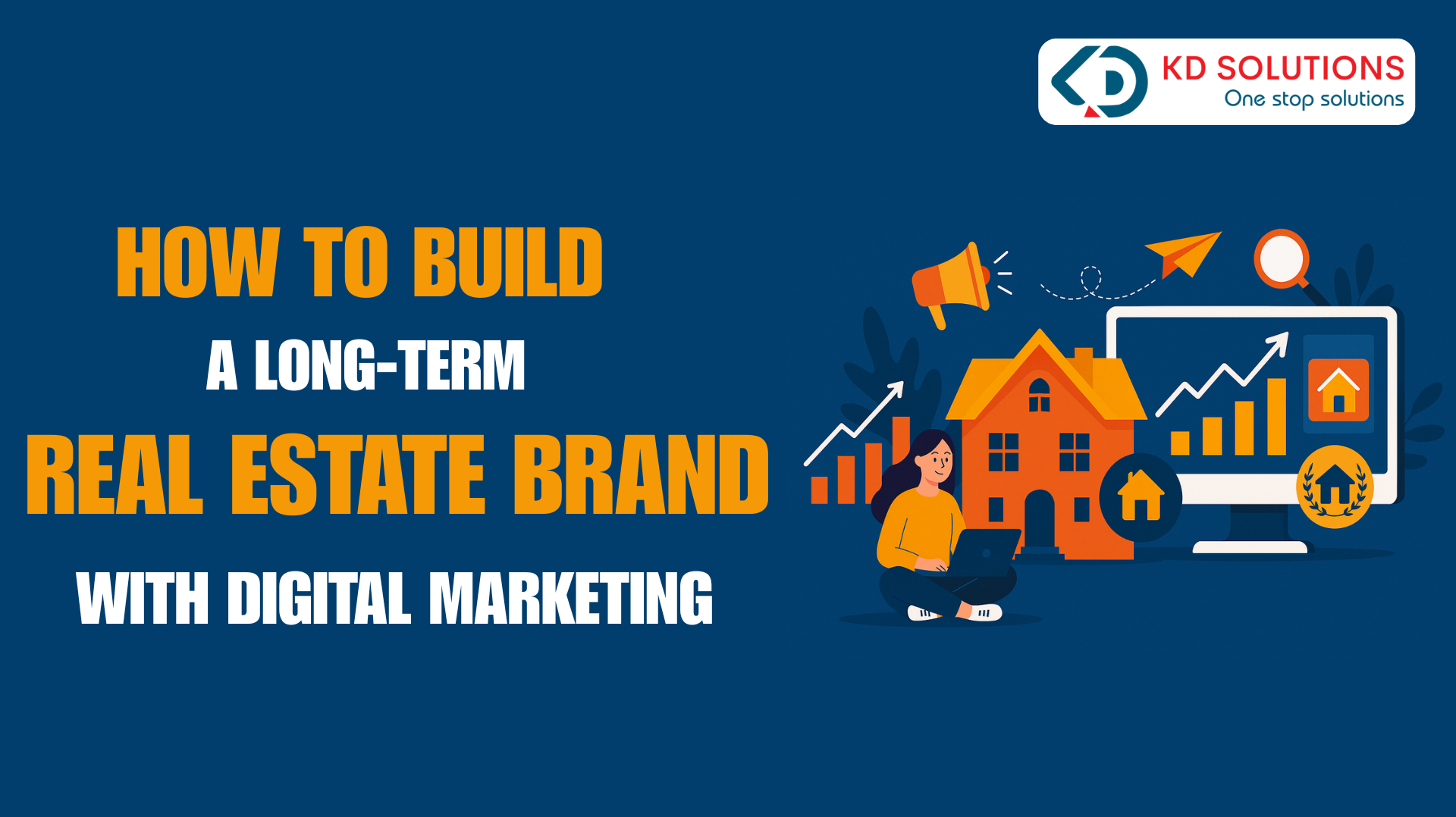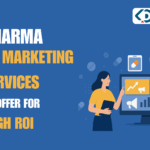E-commerce businesses have surged over the last few years, and more companies are realizing the importance of having an effective marketing strategy. However, many e-commerce stores struggle with common marketing mistakes that can hinder their growth and reduce their profitability. This blog will cover some of the top mistakes e-commerce businesses make and how to avoid them to ensure success. It also includes valuable advice on how to optimize your digital marketing efforts for better results.
Ignoring the Importance of a Strong Website User Experience
One of the most significant mistakes that e-commerce businesses make is neglecting the user experience (UX) on their websites. A website that is hard to navigate, slow to load, or visually unappealing can drive potential customers away. In today’s competitive market, your website is often the first interaction customers have with your brand. It’s crucial to ensure that your site is intuitive, fast, and mobile-friendly.
To enhance your user experience, make sure your website is well-organized with a clear product categorization system. Additionally, optimize page speed, as slow load times can lead to high bounce rates. Incorporate responsive design to ensure your website looks great and works seamlessly on mobile devices. A well-designed e-commerce site can significantly increase conversion rates and improve the overall customer journey.
Not Leveraging Social Media Effectively
Social media is a powerful tool for driving traffic and building brand awareness. However, many e-commerce businesses make the mistake of either neglecting social media marketing or not utilizing it effectively. Posting irregularly, failing to engage with customers, or simply focusing on promotional content without adding value can hurt your brand’s presence on social platforms.
To avoid this mistake, create a robust social media marketing strategy that includes regular, engaging posts, storytelling, and interactive content like polls or giveaways. Also, leverage paid ads to reach a larger audience. Platforms like Instagram, Facebook, and TikTok are ideal for e-commerce businesses, especially if you’re selling visually appealing products. By showcasing products in real-life scenarios, you can create an emotional connection with your audience. Partnering with influencers in your niche can also enhance your social media reach.
Failing to Personalize Customer Experience
In the age of personalization, customers expect tailored experiences when shopping online. Businesses that fail to offer personalized product recommendations or marketing messages often miss out on the opportunity to increase sales. Customers are more likely to make a purchase when they see products that are relevant to their needs or preferences.
Personalization can be as simple as offering product recommendations based on past purchases or browsing behaviour. Use data-driven insights to segment your audience and send targeted email campaigns with personalized offers. Additionally, use dynamic content on your website to show customers products they are most likely to be interested in. By making the shopping experience more personalized, you’ll increase engagement and drive more conversions.
Overlooking the Power of Email Marketing
Email marketing is one of the most effective ways to nurture relationships with customers and drive repeat purchases. Many e-commerce businesses neglect email marketing or fail to create engaging campaigns that resonate with their audience. Ignoring this powerful channel can be detrimental to your business, as email marketing allows you to stay top-of-mind with your customers and re-engage those who have abandoned their carts or stopped shopping with you.
To maximize your email marketing efforts, focus on segmentation. Not all customers are the same, so tailor your email content to different customer segments. Send personalized messages that provide value, such as discount offers, new product launches, or helpful tips. Additionally, don’t forget about cart abandonment emails. These are crucial for re-engaging potential buyers who didn’t complete their purchase.
Not Investing in SEO for E-commerce
Search Engine Optimization (SEO) is a fundamental aspect of e-commerce marketing that is often overlooked by businesses. Without proper SEO, your website may not rank on search engines, and potential customers will struggle to find your products. SEO involves optimizing your website’s content, structure, and technical elements to improve search engine rankings.
To avoid this mistake, ensure that your website is optimized for SEO. Start with keyword research to identify relevant search terms your target audience is using. Implement these keywords into your product descriptions, meta tags, and blog posts. Additionally, optimize your site’s images and load times for better performance. Don’t forget about building quality backlinks, as these can enhance your site’s authority and help improve rankings. By investing in SEO, your e-commerce business will have a better chance of ranking higher and attracting more organic traffic.
Underestimating the Power of Customer Reviews
Customer reviews are a powerful form of social proof that can influence potential buyers’ decisions. E-commerce businesses that don’t actively collect or display reviews on their websites miss out on an opportunity to build trust and credibility with their audience. Shoppers often rely on reviews to make informed purchase decisions, especially if they’re unsure about the quality of a product or service.
To avoid this mistake, actively encourage customers to leave reviews after making a purchase. Make it easy for them to share their feedback by sending follow-up emails or offering incentives such as discounts for leaving a review. Display reviews prominently on your product pages to reassure potential customers about the quality and reliability of your products. Positive reviews can increase conversion rates and enhance your business’s reputation.
Not Optimizing for Mobile Shopping
With the majority of online shopping happening on mobile devices, it’s critical for e-commerce businesses to optimize their websites for mobile users. Websites that aren’t mobile-friendly can result in a frustrating shopping experience, leading to a high rate of abandoned carts and lost sales.
To avoid this mistake, ensure your website is fully responsive, meaning it adjusts to different screen sizes and devices. Check that your checkout process is simple and easy to navigate on mobile devices, as complicated forms or slow-loading pages can drive users away. Mobile optimization is not just about design; it’s also about performance. A fast-loading mobile site is key to keeping potential customers engaged and increasing conversions.
Ignoring Analytics and Data-Driven Decisions
Data is one of the most valuable assets in e-commerce marketing, yet many businesses fail to track and analyse their marketing efforts. Without data, it’s difficult to understand what’s working and what isn’t, leading to wasted marketing budgets and missed opportunities.
To avoid this mistake, set up Google Analytics or any other tracking tools to monitor your website’s performance. Track key metrics such as traffic, bounce rates, conversion rates, and average order value. Use this data to optimize your marketing strategies, test new ideas, and improve customer experiences. Regularly reviewing your analytics can help you make data-driven decisions and increase the efficiency of your marketing campaigns.
Neglecting Paid Advertising Opportunities
While organic strategies like SEO are crucial for long-term success, many e-commerce businesses fail to leverage paid advertising to drive immediate traffic and sales. Platforms like Google Ads, Facebook Ads, and Instagram Ads offer great opportunities to target your ideal audience and drive conversions quickly.
To avoid this mistake, invest in paid advertising campaigns that align with your business goals. Ensure that your ads are highly targeted based on demographics, interests, and behaviours. Retargeting ads are especially effective in bringing back visitors who have shown interest but didn’t convert. However, make sure to continuously monitor and optimize your campaigns to ensure that you’re getting the best return on investment.
Not Using a Digital Marketing Service for Expertise
Many e-commerce businesses try to handle all their marketing in-house without professional assistance. While small businesses may initially take on marketing tasks themselves, as the business grows, they may lack the time and expertise to effectively manage their marketing efforts. Working with a digital marketing service like KD Solutions, the best digital marketing service company in Ahmedabad, India, can provide you with the professional skills and strategies necessary to scale your marketing efforts. They can help with SEO, PPC, social media marketing, content creation, and more, ensuring your marketing campaigns are aligned with the latest trends and best practices.
KD Solutions offers comprehensive digital marketing services that can enhance your e-commerce marketing strategy and improve your overall online visibility. By leveraging their expertise, you’ll have access to industry knowledge and resources that can give you a competitive edge in the marketplace.
FAQs
A great user experience helps customers navigate your site easily, find products quickly, and complete purchases smoothly. Poor UX leads to high bounce rates, abandoned carts, and lost sales. Optimizing speed, layout, and mobile responsiveness is key.
Social media drives brand visibility, customer engagement, and sales. When used correctly with a content strategy, regular posts, influencer collaborations, and targeted ads, it can become a major traffic source for your store.
Personalization involves tailoring product recommendations, content, and email messages to individual users based on their behaviour, preferences, or past purchases. It improves user experience and significantly boosts conversion rates.
Absolutely. Email marketing remains one of the most cost-effective strategies. With segmentation and automation, you can send personalized offers, recover abandoned carts, and retain customers through regular updates and promotions.
SEO makes your store visible in search engine results when customers search for products you sell. Optimizing product pages, images, meta descriptions, and creating keyword-rich content helps bring in organic traffic that converts.
Reviews build trust and credibility. Potential buyers rely on them to judge product quality and customer satisfaction. More reviews can lead to higher conversions, better search visibility, and reduced product return rates.
Use responsive design, ensure fast load times, and simplify your mobile checkout process. Mobile users account for a large portion of traffic, and a poor mobile experience can lead to missed sales opportunities.
Analytics tools like Google Analytics help you track customer behaviour, traffic sources, bounce rates, and sales funnels. These insights allow you to identify what works, what doesn’t, and make data-driven marketing decisions.
Yes, if done right. Paid ads offer quick visibility and can target specific customer segments. Google Ads, Facebook, and Instagram Ads are great for product discovery. Use retargeting and performance tracking to maximize ROI.
Yes, if done right. Paid ads offer quick visibility and can target specific customer segments. Google Ads, Facebook, and Instagram Ads are great for product discovery. Use retargeting and performance tracking to maximize ROI.






